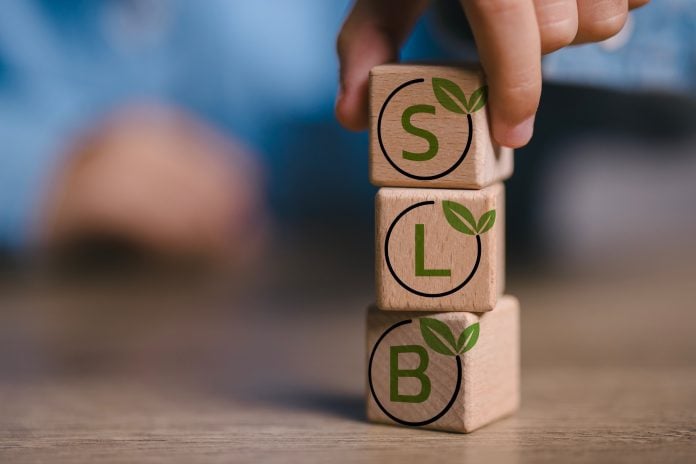Key Takeaways
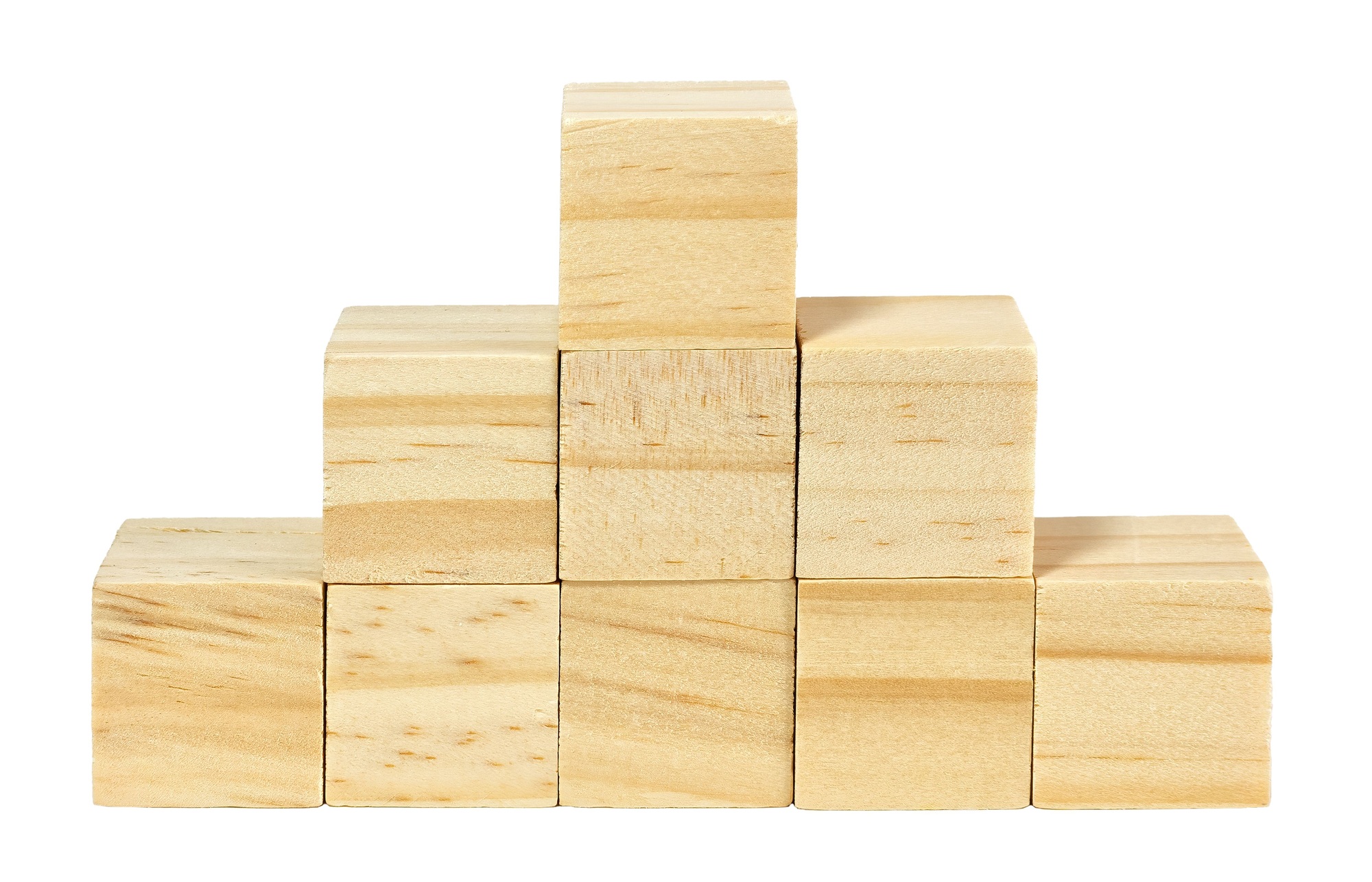
- Market Potential: The Bottom of the Pyramid (BoP) encompasses over 4 billion individuals living on less than $2.50 a day, presenting significant opportunities for businesses to innovate and access new markets.
- Focus on Affordability: Developing cost-effective products and services that meet the specific needs of BoP consumers is essential for building loyalty and driving sales.
- Local Partnerships: Collaborating with NGOs, community leaders, and other small businesses enhances market entry and builds trust, providing valuable insights into local consumer preferences.
- Consumer Engagement: Actively soliciting feedback from BoP consumers fosters innovation, refines product offerings, and increases customer satisfaction, ultimately benefiting brand reputation.
- Empowerment through Education: Investing in education and training for BoP communities can create entrepreneurial opportunities, boost local economies, and develop a customer base for your business.
- Social Impact: Emphasizing social value alongside financial returns can enhance brand loyalty and market presence while addressing critical issues faced by BoP consumers.
The concept of the “Bottom of the Pyramid” (BoP) is transforming how businesses approach the world’s poorest markets. With billions living on less than a few dollars a day, this demographic represents not just a challenge but a massive opportunity for innovation and growth. Understanding the BoP isn’t just about charity; it’s about creating sustainable solutions that empower communities and drive economic development.
By tapping into the potential of the BoP, you can unlock new markets and foster inclusive growth. Companies that embrace this mindset are finding innovative ways to deliver affordable products and services, making a real difference in people’s lives. As you explore the dynamics of the Bottom of the Pyramid, you’ll discover strategies that not only benefit your business but also contribute to a more equitable world.
Understanding the Bottom of the Pyramid

The Bottom of the Pyramid (BoP) refers to the vast market segment comprising billions of individuals living on less than $2.50 a day. This demographic represents a significant opportunity for small businesses looking to innovate and expand their sales. Understanding their unique needs and preferences can lead to sustainable business solutions that improve lives while driving your growth.
Focusing on affordability is crucial. Developing cost-effective products and services ensures accessibility for BoP consumers. You can create tailored offerings, such as basic necessities or low-cost technology, that resonate with their daily challenges and aspirations. Small businesses that prioritize these strategies not only gain loyal customers but also contribute to uplifting communities.
Building partnerships within local ecosystems enhances your reach. Collaborating with non-governmental organizations, community leaders, and other small businesses can facilitate market entry and foster trust. These connections can provide valuable insights into the local culture and preferences, ensuring your offerings align with consumer expectations.
Incorporating feedback from BoP consumers into your business model accelerates innovation. Actively engaging with this market allows you to adjust your strategies based on real-world experiences, leading to more refined products and increased customer satisfaction. Moreover, this engagement helps cultivate a sense of ownership among consumers, which can amplify word-of-mouth marketing and bolster your brand’s reputation.
Investing in education and training for consumers can create a thriving entrepreneurial environment. By providing resources for financial literacy or business skills, you empower individuals to create small businesses, thereby boosting local economies. This approach not only benefits the community but also creates a potential customer base for your products and services.
Understanding the BoP market demands a commitment to creating value through innovation and collaboration. Small businesses can thrive in this sector by focusing on affordability, building partnerships, gathering consumer feedback, and investing in community development.
Key Characteristics of the Bottom of the Pyramid

Understanding the Bottom of the Pyramid (BoP) is crucial for small businesses targeting underserved markets. This demographic presents unique characteristics that directly influence sales strategies and operational approaches.
Socioeconomic Factors
The BoP encompasses over 4 billion individuals living on less than $1,500 annually. This group divides into distinct income segments, each with specific needs.
- Income Levels:
- Those earning less than $1 a day often lack basic necessities like food and clean water.
- Individuals earning $1 to $3 daily encounter barriers such as limited education and engage mainly in informal markets.
- Those with incomes from $3 to $5 daily may possess some secondary education and own basic consumer goods, like bicycles and cell phones.
By understanding these income categories, small businesses can tailor products and services to meet the diverse needs of consumers, enhancing your ability to drive sales effectively.
Geographic Distribution
The BoP spans across emerging economies like India, Brazil, and Nigeria. Each of these regions displays unique cultural and socioeconomic traits that impact consumer behavior.
- Urban Markets: Urban areas often feature significant populations operating within the BoP, providing a concentrated opportunity for product distribution.
- Rural Markets: Rural segments, while harder to reach, offer potential for small businesses through localized solutions and mobile services.
Addressing the geographic nuances of the BoP enables businesses to strategize effectively, optimizing sales routes and marketing efforts to connect with consumers where they live and work.
Challenges Faced by the Bottom of the Pyramid
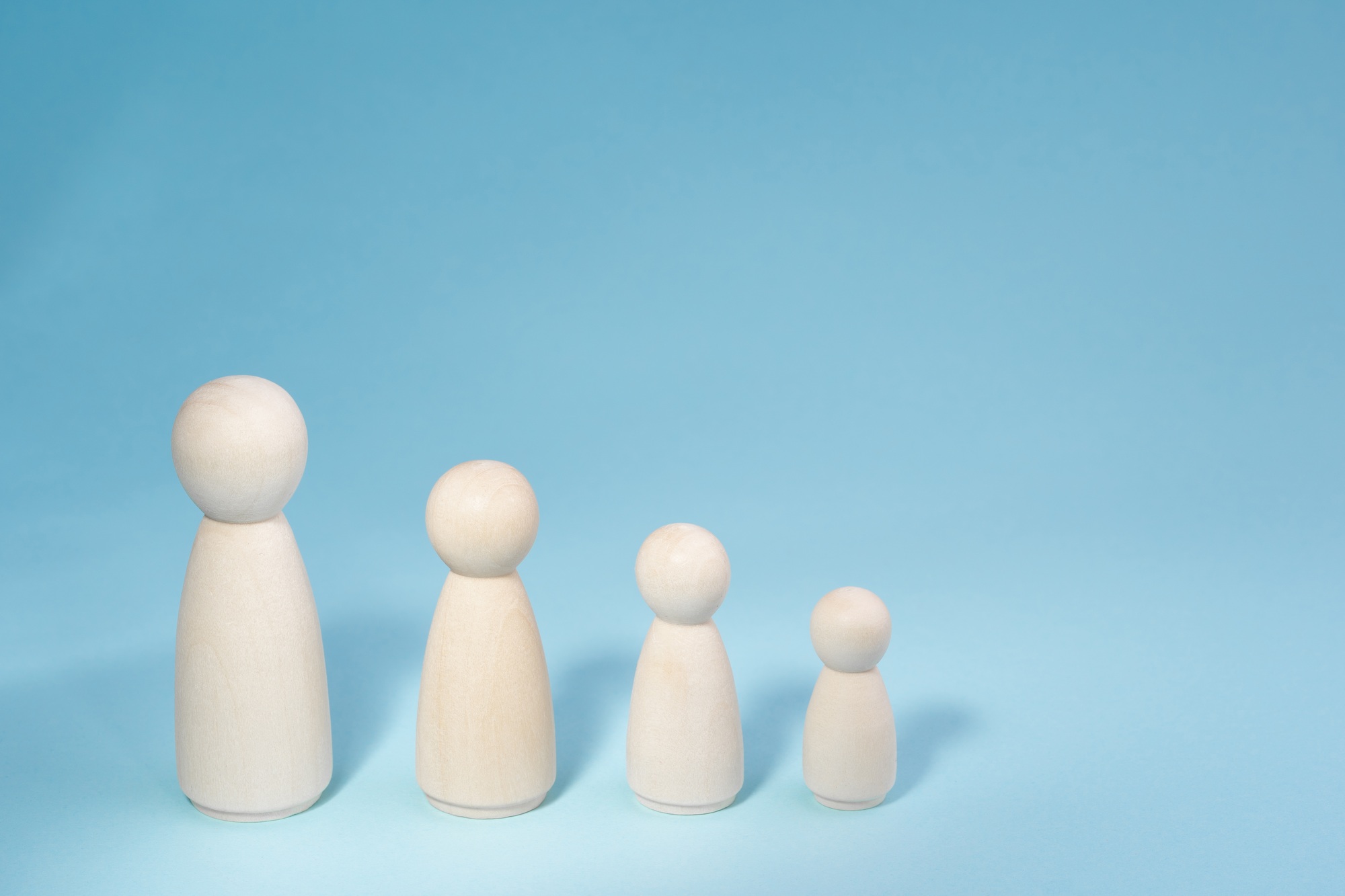
Navigating the Bottom of the Pyramid (BoP) presents unique challenges for small businesses targeting low-income consumers. Understanding these challenges is crucial for developing effective strategies that drive sales and create sustainable solutions.
Access to Basic Services
Accessing basic services remains a significant obstacle for BoP consumers. Many lack reliable housing, sanitation, and healthcare, impacting their overall well-being. Small businesses can thrive by offering products that bridge these gaps. For instance, companies can partner with local organizations to provide affordable healthcare solutions or sanitation products that meet essential needs. By addressing these barriers, you position your small business as a valuable resource, which can foster customer loyalty while driving sales.
Economic Barriers
The economic landscape of the BoP comprises approximately 4 billion consumers with very low and often irregular incomes. This situation complicates product affordability and profitability for small businesses. You face challenges in designing products that balance low pricing with operational viability. However, successful examples like Unilever show that introducing affordable products—such as low-cost personal care items—can tap into this market segment. Staying mindful of these economic realities allows your small business to create relevant offerings that resonate with BoP consumers, ultimately increasing your sales potential.
Opportunities for Innovation at the Bottom of the Pyramid
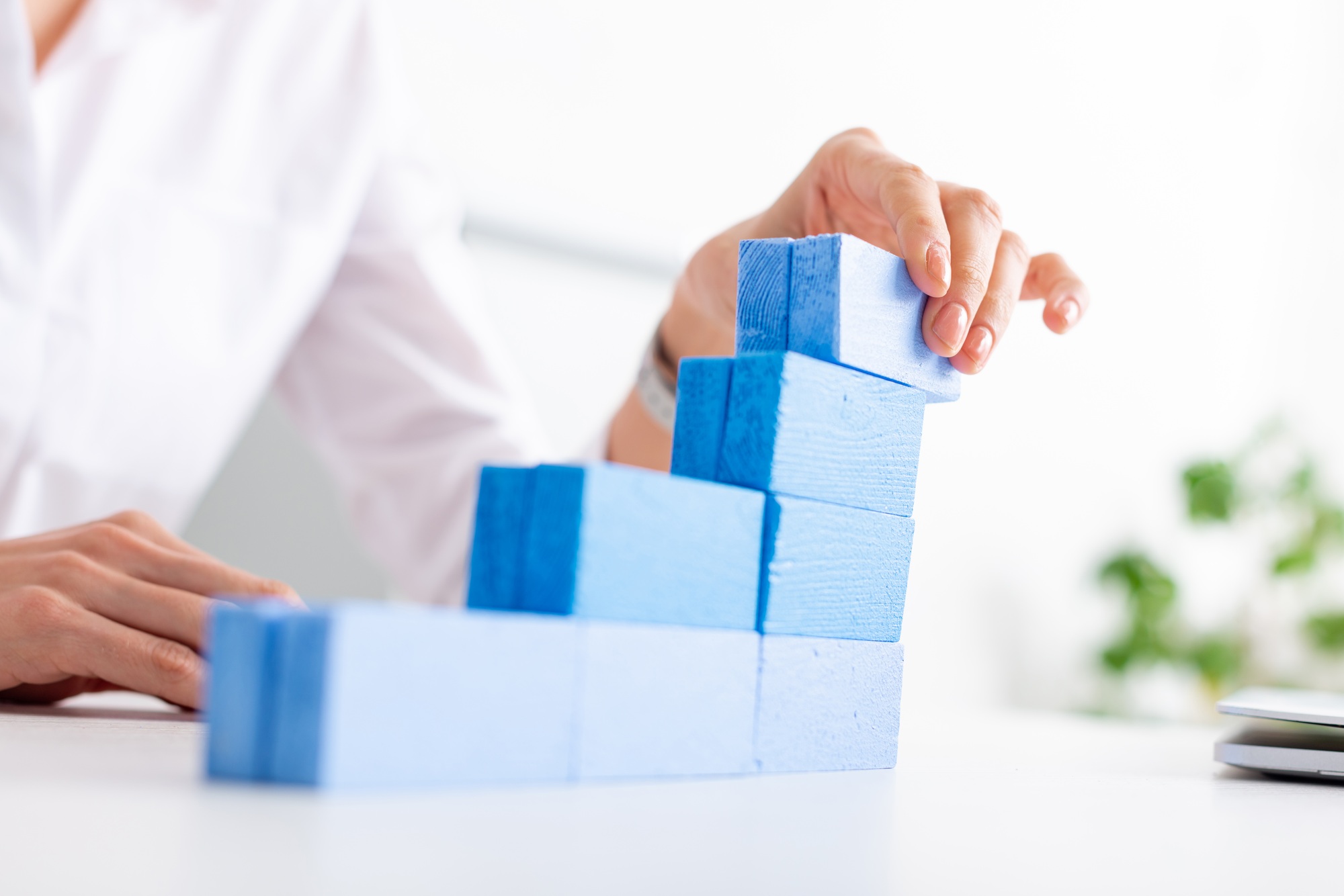
BoP markets present unique opportunities for your small business to innovate and grow by addressing the needs of low-income consumers. Exploring the potential of these markets can lead to significant breakthroughs in products and services.
Social Entrepreneurship
Social entrepreneurship emphasizes creating social value alongside financial returns. Your small business can thrive by solving pressing issues faced by BoP consumers, such as access to education or healthcare. Consider initiatives like developing low-cost, educational tools or partnering with local healthcare providers to improve community health standards. By focusing on social impact, you enhance your brand’s loyalty and market presence, ultimately increasing sales.
Sustainable Business Models
Sustainable business models are crucial for long-term success in BoP markets. Your small business can adopt practices that focus on affordability, accessibility, and community empowerment. For example, implementing a pay-as-you-go model for essential services will allow lower-income consumers to access products without upfront costs. Collaborating with local suppliers can also reduce costs and enhance community involvement, driving sales while contributing to sustainable development.
Conclusion
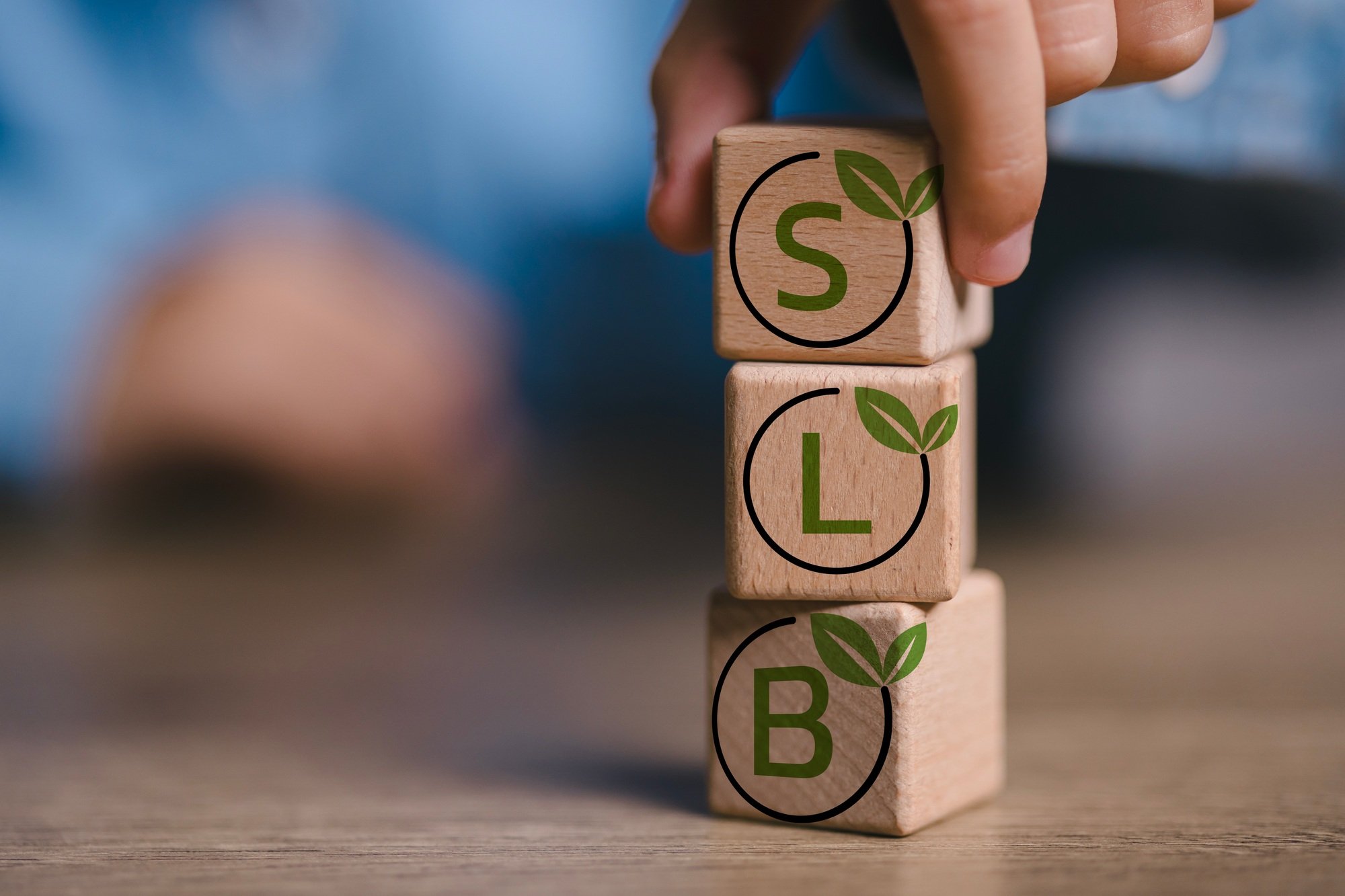
Exploring the Bottom of the Pyramid opens doors to untapped markets where innovation meets necessity. By understanding the unique challenges and needs of this demographic, you can develop solutions that not only drive your business forward but also uplift communities.
Focusing on affordability and sustainability ensures that your products resonate with BoP consumers. Embracing social entrepreneurship allows you to create meaningful impact while achieving financial success.
As you venture into this space, remember that collaboration with local partners and continuous consumer feedback are vital. By prioritizing value creation and community empowerment, you’ll not only thrive in the BoP market but also contribute to a more inclusive economy.
Frequently Asked Questions

What is the “Bottom of the Pyramid” (BoP) concept?
The Bottom of the Pyramid (BoP) concept refers to the largest socioeconomic group, consisting of billions of people living on less than $2.50 a day. It highlights business opportunities in these markets by focusing on creating affordable products and services that meet the unique needs of this demographic.
Why should businesses focus on BoP markets?
Focusing on BoP markets allows businesses to tap into a significant consumer base that presents opportunities for innovation and growth. By addressing the needs of these consumers, businesses can create sustainable solutions that empower communities and drive financial success.
How can businesses create affordable products for BoP consumers?
Businesses can create affordable products for BoP consumers by developing cost-effective solutions, leveraging local resources, and incorporating consumer feedback. Collaborating with local organizations can also enhance market reach and ensure products meet consumer needs.
What are some challenges of targeting BoP consumers?
Challenges include limited income, lack of access to basic services like housing and healthcare, and irregular purchasing power. Small businesses must understand these barriers and develop strategies to make products accessible and affordable for BoP consumers.
How can small businesses thrive in the BoP sector?
Small businesses can thrive in the BoP sector by focusing on value creation through innovation, building partnerships within local ecosystems, and prioritizing community development. Investing in education and training for consumers can also foster entrepreneurship and boost local economies.
What role does social entrepreneurship play in BoP markets?
Social entrepreneurship emphasizes creating social value alongside financial returns in BoP markets. Businesses that focus on addressing issues such as education and healthcare access can have a positive impact on communities while also achieving profitability.
How can businesses develop sustainable models for BoP markets?
Businesses can develop sustainable models by focusing on affordability, community empowerment, and eco-friendly practices. Implementing pay-as-you-go models or collaborating with local suppliers can enhance affordability while contributing to sustainable development in these markets.
Image Via Envato


